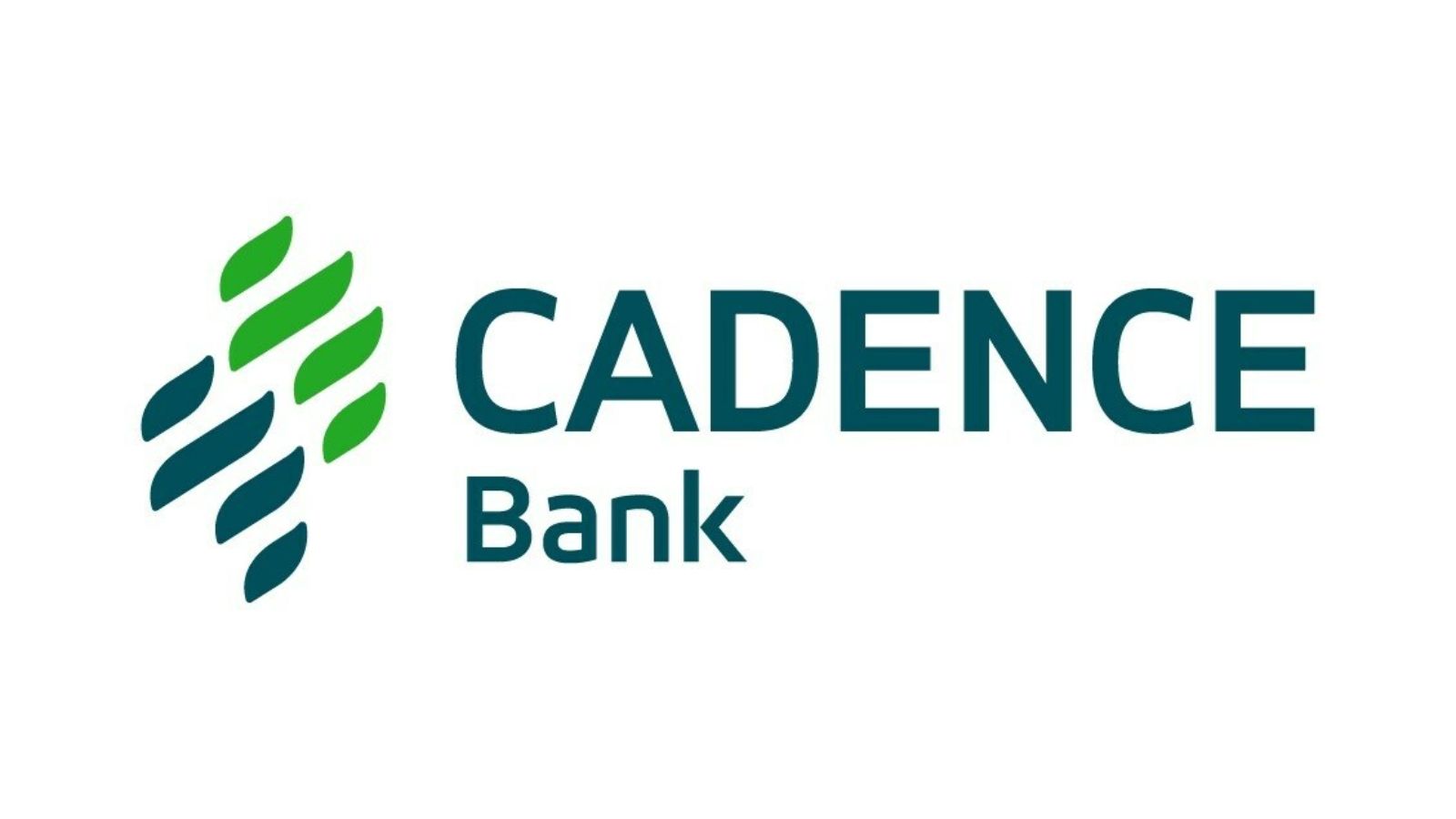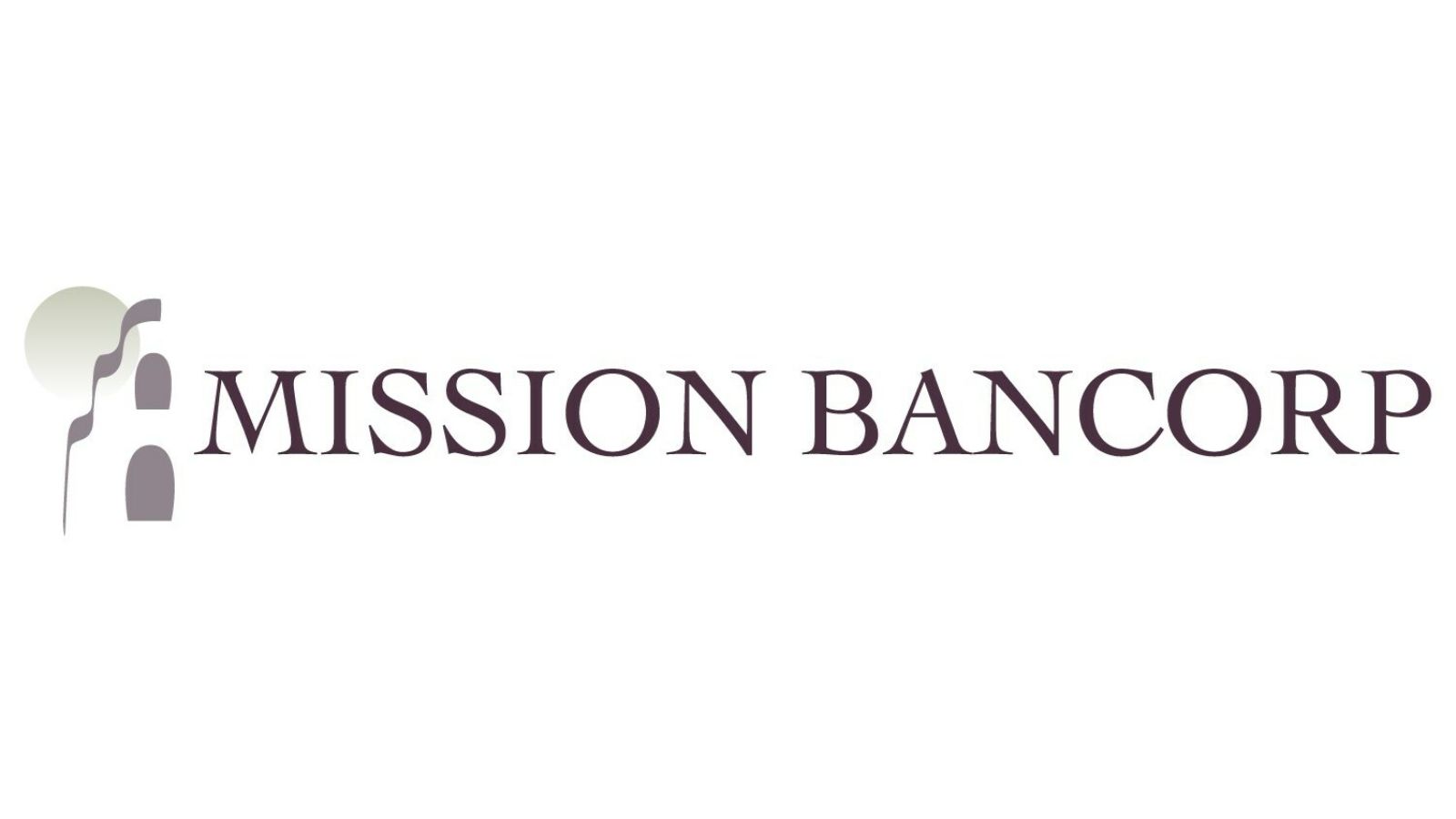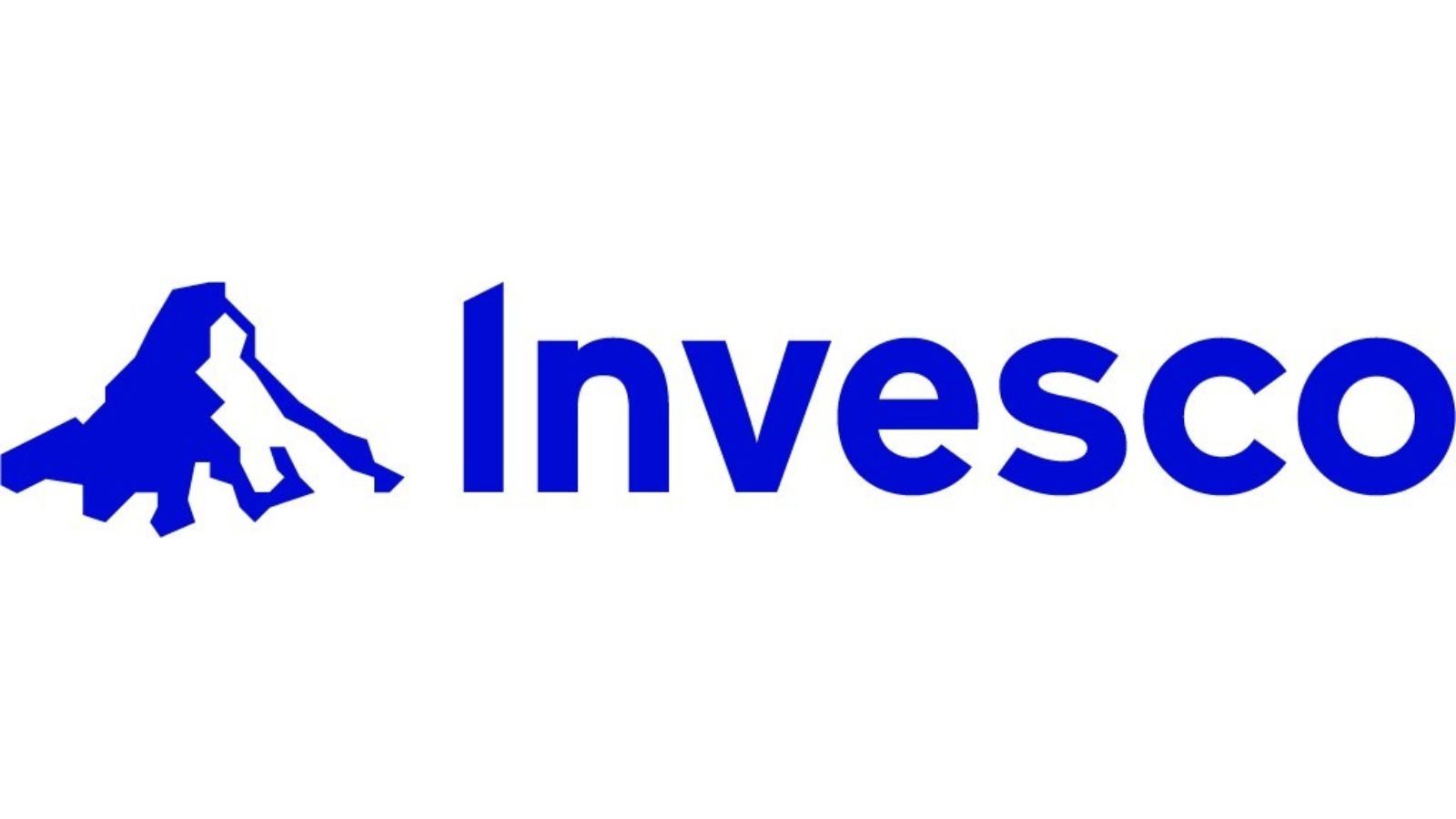Image credit: goodfirms
What is a proof of purchase?
A Proof of purchase (PoP) is a written record that outlines the specifics of a transaction, including the date, price, and goods purchased. PoP, which usually includes credit card statements, invoices, and receipts, is important in a number of situations, such as reimbursement of expenses and tax compliance.
One cannot stress how important it is to have legitimate proof of purchase. In addition to making it easier to get paid back for business-related expenses like supplies, meals, and travel, PoP plays a crucial part in meeting tax requirements. By keeping track of deductible expenses, it helps people and companies keep correct records and reduce the possibility of fines for inadequate paperwork.
Reference; https://youtu.be/89__uAzz1-Y?si=KqMz72rObeAVZPCh
How to use proof of purchase?
The conventional method for asserting business expenses entails furnishing proof of purchase alongside an expense declaration form. This form meticulously outlines the specifics of the expenditure, including its purpose, date, and cost. Additionally, it may necessitate supplementary details like the client or project linked to the expense.
Image credit : cartoondealer.com
Certain enterprises use expense management software, to automate and optimize the expense reimbursement process. Through this software, staff members can effortlessly capture digital replicas of their proof of purchase, such as receipts, and seamlessly fulfill required forms online, thereby enhancing efficiency and minimizing inaccuracies.
However, it’s crucial to understand the complexities of handling proof of purchase before diving into these options. As with many topics, processing proof of purchase involves special cases and exceptions, which we will address in the section that follows.
the top 8 free and open software for expense management
Proof of purchase exceptions and special cases
In most cases, the guidelines for reimbursing expenses are straightforward. Employees are expected to retain receipts and include them in a designated report. However, certain expenses entail unique reimbursement criteria, deviating from the standard proof of purchase regulations. Let’s examine a few of these exceptions and special circumstances:
Mileage claims: Employees who utilize their personal vehicles for business-related tasks may qualify for mileage claims. Nonetheless, to substantiate such claims, they must furnish specific details, including:
- The trip’s purpose
- Starting and ending points
- Total distance covered
In certain countries, supplementary information such as the vehicle’s make, model, registration, and horsepower may also be mandated. Moreover, for additional expenses like fuel or tolls, a valid proof of purchase is indispensable.
It’s important to highlight that mileage reimbursement is generally tax-exempt when adhering to official government rates. However, if a company disburses a higher mileage rate, any surplus amount is construed as part of the employee’s salary and is consequently subject to taxation.
Daily allowances / Per diems
While on a business trip, employees may receive a predetermined sum from their employer to offset expenses like meals or lodging. Termed as a daily allowance or per diem, this amount fluctuates depending on the employee’s location and the duration of the trip. Typically, employers factor in and incorporate these allowances into the employee’s salary without necessitating specific supporting documentation.
Meal expenses
Should an employee incur expenses for meals as part of their job responsibilities, they may qualify for reimbursement. As always, it’s imperative to furnish valid documentation encompassing the purchase date, location, and amount. If the meal involves companionship with others, the reimbursement request should comprise:
- Names of any attendees, whether internal colleagues or external guests
- Titles of the attendees
- Company name
These prerequisites might vary depending on the company’s expense policy, but it’s generally advisable to adhere to them. Additionally, it’s important to note that if the employee receives a daily allowance or meal vouchers, they should subtract these amounts from their meal reimbursement claim to prevent duplicate payments.
Accommodation expenses:
When seeking reimbursement for accommodation expenses, it’s crucial to verify that the receipt or invoice contains all requisite details. This typically entails:
- Duration of the stay
- Room category
- Any supplementary charges (e.g., meals, mini-bar, wellness services) not encompassed within the room fee.
These additional expenses should be distinctly listed and itemized apart from the room rate. Moreover, certain companies maintain their own policies dictating which accommodation expenses are eligible for reimbursement. Hence, it’s advisable to consult with your employer or HR department to ensure accurate submission of your claim.
Reference; https://www.spendesk.com/blog/proof-of-purchase-for-business-expenses/
Expense reimbursement with a missing proof of purchase
When lacking proof of purchase for a business expense, alternative methods exist for securing reimbursement. Some employers permit the submission of a written explanation of the expense, accompanied by a signed statement validating its accuracy. However, it’s crucial to acknowledge that the absence of proof of purchase may arouse suspicion with tax authorities and potentially expose the business to legal ramifications.
To mitigate any potential issues, it’s advisable to diligently maintain records of all receipts and invoices pertaining to business expenditures. In certain instances, digital copies or credit card statements suffice as proof of purchase. It’s always preferable to err on the side of caution and maintain proper documentation, rather than risking legal or financial repercussions due to insufficient proof.
But what recourse is available if you misplace the proof of purchase receipt? How can you secure reimbursement without it? These questions will be addressed in the subsequent section.
How to get your expenses reimbursed without proof of purchase?
Securing expense reimbursement without proof of purchase can be challenging.
Nevertheless, the following steps can assist you in navigating this situation effectively:
- Notify your employer promptly regarding the absence of documentation.
- Furnish a signed statement elucidating the expense, encompassing as much detail as feasible, such as the amount, date, location, and rationale behind the expenditure.
- Provide any alternative documentation at your disposal, such as a credit card or bank statement, to corroborate the expense.
- Articulate the necessity of the expenditure for business purposes, elucidating its relevance to the company’s operations or objectives.
It’s essential to recognize that reimbursing expenses without proof of purchase ultimately rests with the employer’s discretion and may not consistently be viable. Therefore, maintaining meticulous documentation for all business expenditures is paramount to preempt any potential complications.
To safeguard your proof of purchase effectively, transitioning to digital formats through receipt capture is recommended. An effective solution could involve leveraging expense management software.
Reference; https://www.klippa.com/en/blog/information/proof-of-purchase-for-business-expenses/








Leave a Reply